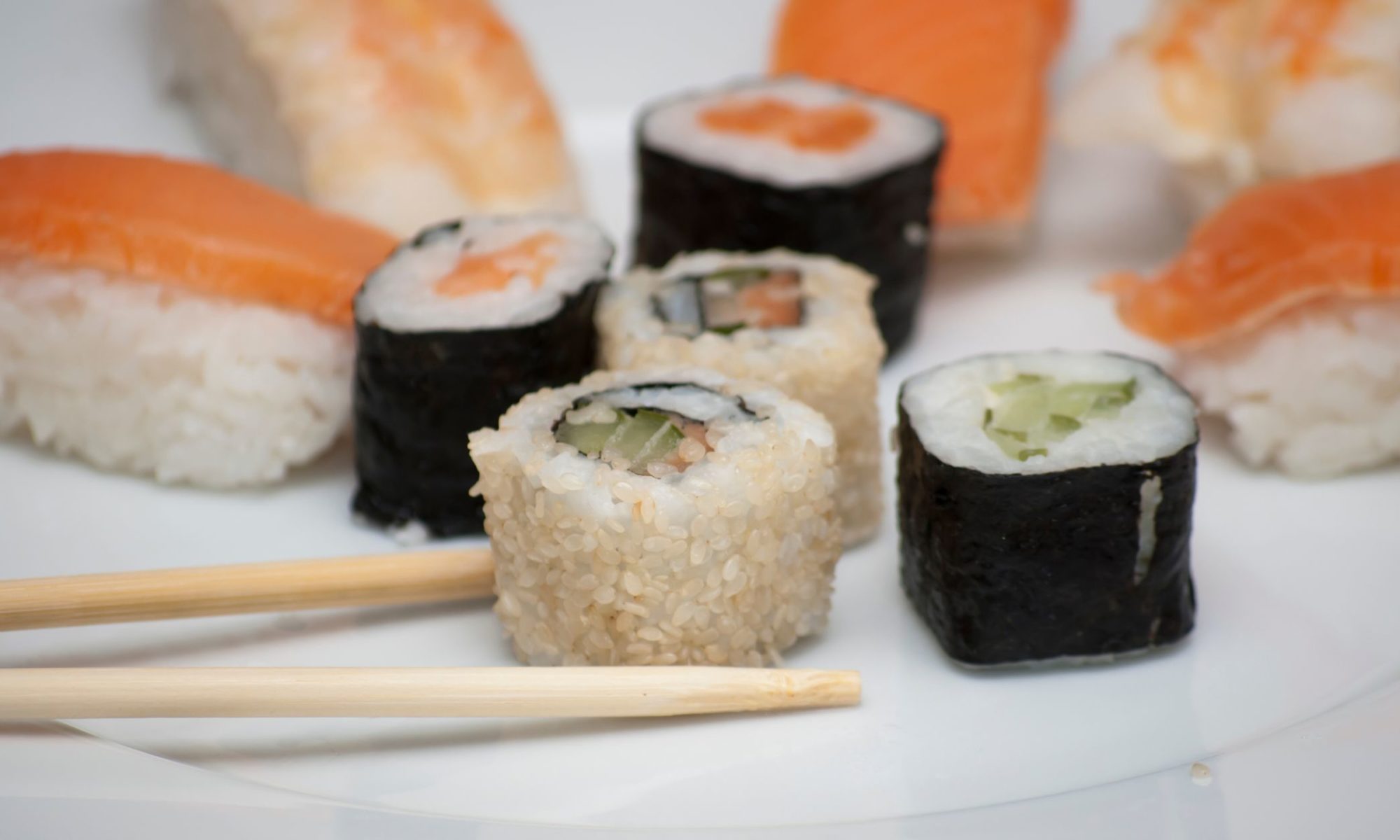Step into the enchanting world of sushi, where culinary artistry meets gastronomic delight, and let me introduce you to a true gem of Japanese cuisine – the Spider Roll. Despite its name evoking images of arachnids, rest assured, there are no creepy crawlies involved in this delectable dish. Instead, picture a symphony of flavors and textures coming together in perfect harmony to create a sushi roll that’s as visually stunning as it is delicious. Join me on a journey as we unravel the secrets behind the Spider Roll, discovering its origins, savoring its unique ingredients, and delving into the art of its preparation.
Origins of the Spider Roll:
The origins of the Spider Roll trace back to the bustling streets of Japan, where sushi chefs constantly innovate to satisfy the evolving palates of their patrons. It is believed that the Spider Roll first emerged in the United States, particularly in California, during the sushi boom of the 1970s and 1980s. Over time, it has become a staple on sushi menus around the world, captivating sushi enthusiasts with its unique blend of flavors.
Ingredients:
At the heart of the Spider Roll lies a perfect harmony of ingredients, each playing a crucial role in crafting its distinctive taste. The key components typically include:
- Soft Shell Crab: The star of the show, soft shell crab, is lightly battered and fried to crispy perfection. Its delicate flavor and crunchy texture provide a satisfying contrast to the other ingredients.
- Sushi Rice: A fundamental element of any sushi roll, sushi rice serves as the base, providing a sticky foundation to hold the roll together.
- Nori (Seaweed): Thin sheets of nori wrap around the rice and filling, imparting a subtle umami flavor and adding a hint of oceanic essence to each bite.
- Avocado: Creamy slices of avocado add richness and depth to the Spider Roll, balancing out the crispy texture of the crab with their buttery smoothness.
- Cucumber: Crisp cucumber strips provide a refreshing crunch, elevating the overall texture and adding a burst of freshness to the ensemble.
- Spicy Mayo: A drizzle of spicy mayo lends a kick of heat to the roll, infusing it with a tantalizing zing that keeps the taste buds tingling.
Prepare the Soft Shell Crab:
To begin, ensure the soft shell crab is thoroughly cleaned, removing any impurities. Once cleaned, season the crab with salt and pepper, ensuring an even coating. Lightly dust the crab with flour, which helps the batter adhere better. Then, dip the crab into a tempura batter, ensuring it is fully coated. In a frying pan or deep fryer, heat oil to 350°F (175°C). Carefully place the battered crab into the hot oil and fry until it achieves a golden brown and crispy texture, typically about 2-3 minutes on each side. Once cooked, remove the crab from the oil and allow it to drain on a paper towel-lined plate to remove excess oil.
Prepare the Sushi Rice:
Start by rinsing the sushi rice under cold water until the water runs clear, which removes excess starch. Combine the rinsed rice with water in a rice cooker or pot according to package instructions and cook until tender and slightly sticky. In a small bowl, mix together rice vinegar, sugar, and salt until fully dissolved. After the rice is cooked, transfer it to a large bowl and gently fold in the vinegar mixture using a spatula. Allow the rice to cool to room temperature before using it for the Spider Roll.
Also Read: How To Cook Sushi Rice Like A Michelin Star Chef
Prepare the Nori (Seaweed):
Begin assembling the Spider Roll by placing a sheet of nori on a bamboo sushi rolling mat with the shiny side facing down. Spread a thin layer of sushi rice evenly over the nori, leaving approximately half an inch of space at the top edge.
Assemble the Spider Roll:
Next, lay slices of avocado and cucumber along the center of the rice-covered nori sheet. Position the crispy soft shell crab on top of the avocado and cucumber. Using the bamboo mat, gently lift the edge of the nori closest to you and roll it over the filling, tucking the ingredients tightly. Continue rolling the mat away from you, applying gentle pressure to shape the roll into a tight cylinder. Once rolled, use the mat to compress the roll gently to ensure it holds its shape.
Slice and Serve:
Using a sharp knife, carefully slice the rolled sushi into individual pieces, wiping the blade with a damp cloth between cuts to prevent sticking. Arrange the Spider Roll pieces on a serving platter and drizzle spicy mayo over the top for an added kick of flavor. Serve the Spider Roll alongside pickled ginger, wasabi, and soy sauce for dipping.
Variations:
While the classic Spider Roll remains a perennial favorite, chefs often put their own unique spin on this beloved dish, experimenting with different ingredients and flavor combinations. Variations may include additions such as tobiko (flying fish roe), green onion, or even fruit such as mango for a touch of sweetness. Some chefs also opt to substitute the traditional tempura soft shell crab with alternatives such as cooked shrimp or imitation crab meat to cater to dietary preferences or restrictions.
Conclusion:
As we reluctantly take our last bite of the Spider Roll, we can’t help but feel a sense of satisfaction and contentment wash over us. In a world filled with culinary wonders, this humble sushi creation stands tall, captivating our taste buds and leaving us longing for more. Whether enjoyed as a solo indulgence or shared among friends, the Spider Roll never fails to impress, reminding us of the boundless creativity and ingenuity found in Japanese cuisine. So, the next time you find yourself craving a culinary adventure, remember the Spider Roll awaits, ready to whisk you away on a flavorful journey you won’t soon forget.

